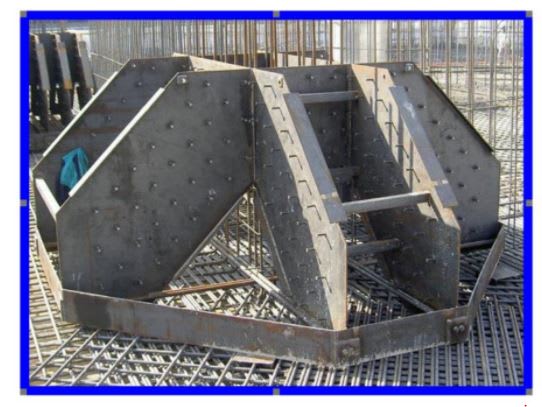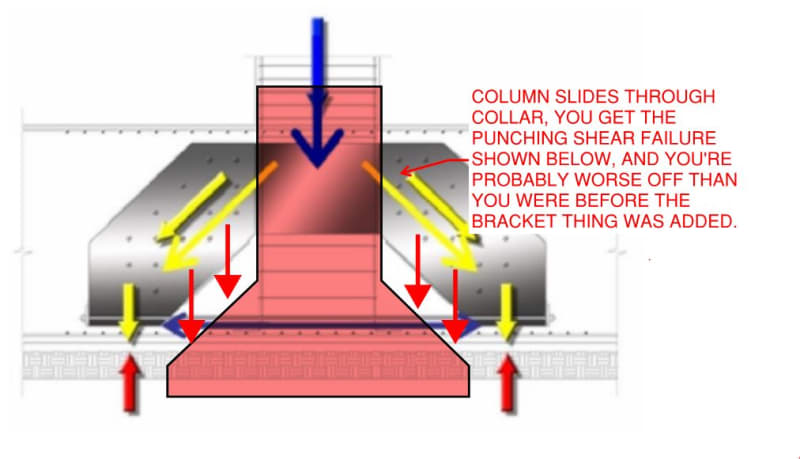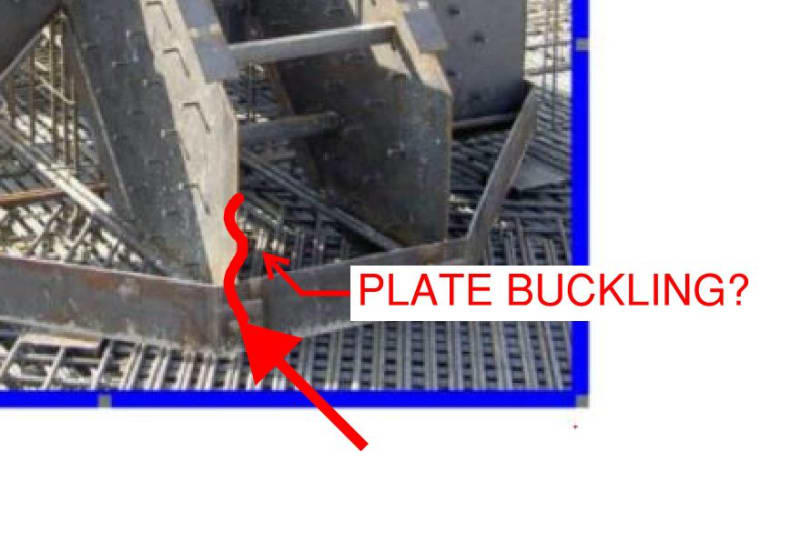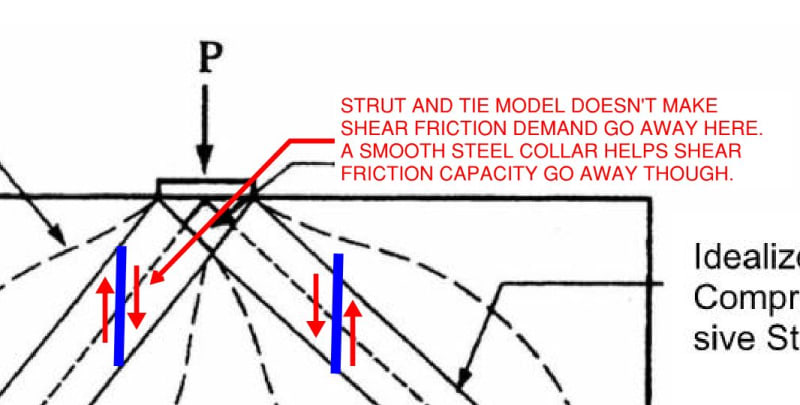-
1
- #1
Why not?? Because the concept is deeply flawed, that's why. At the least, that's how it has appeared to me over the last 2+ years that I've been contemplating this.
Please refer to the attached article and the sketches shown below. This is an innovation in foundation punching shear design that's been put into practice on some significant buildings.
What am I missing here?


Please refer to the attached article and the sketches shown below. This is an innovation in foundation punching shear design that's been put into practice on some significant buildings.
What am I missing here?




